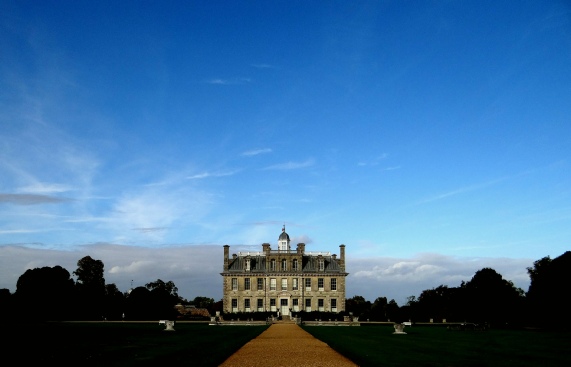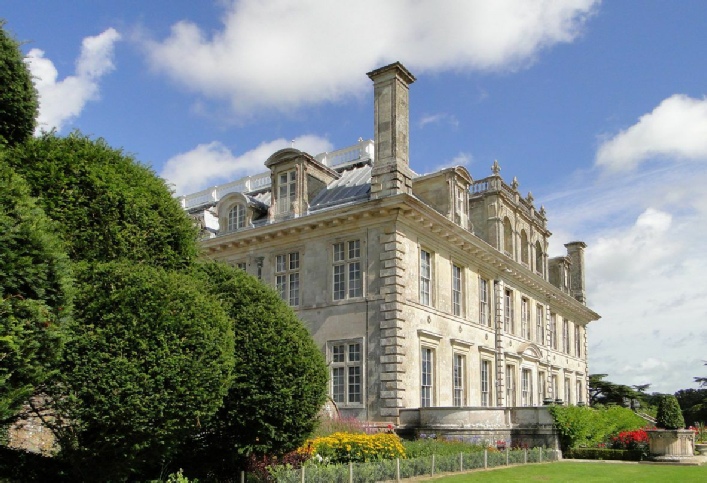History Trail





 Town Map
Town Map
Tree Trail



The heart of the ancient king’s manor at Wimborne can probably be tied to an
earthwork at Abbott Street Copse, which is now part of the Kingston Lacy estate.
A large enclosure, surrounded by banks and palisades contained the important
buildings of the manor, with the king’s hall in the centre -
and within its own fortified enclosure.
From within this stronghold a famous scene in history may have been enacted; Æthelwald laid claim to the English Crown on his Uncle’s (Alfred the Great)
death in 899. He might have been king earlier when on his father’s death on 871
his uncle, Alfred took the throne as Æthelwald was only a child. -
in 899 Æthelwald claimed the throne, but was beseiged here by his cousin Edward,
and is said to have made defiant boasts, vowing to stay at the manor, alive or dead -
……. instead, he slipped away at night and fled to join the Danes in Northumbria,
leaving his followers and the woman he had seized to the mercy of ‘King’ Edward.
So, Æthelwald’s rebellion was short-
and persuaded the East Angles to attack Wessex and Mercia but he was
killed in a battle with the Kentish army in 903 -
There was an earlier manor on the Kingston Lacy site that in 1229 was given
to John de Lacy -
the Magna Carta in 1225. In the 15th century the Beauforts, descendants of John
of Gaunt and, through Margaret Beaufort (mother of King Henry VII) who grew
up here near Wimborne, were the foundation of the Tudor Monarchs.
By 1603 the estate had been given by James l -
Sir John Bankes, MP and Lord Chief Justice, bought the Isle of Purbeck, Corfe Castle
and the Kingston Lacy estate in 1635-
defended the castle for the King, but was defeated in 1646, and Corfe Castle was
destroyed by the Parliamentarians; fortunately for Dorset’s tourist attractions of today!
In 1663, Sir John’s son, Sir Ralph Bankes, commissioned the architect Roger Pratt to design a new family seat -
William John Bankes (1786-
[ The Peninsular War was a conflict between Napoleon's empire and Bourbon Spain (assisted by the United Kingdom and its ally, Portugal), for control of the Iberian Peninsula during the Napoleonic Wars. ]
He was forced into exile in 1841 due to accusations of improper sexual behaviour.
‘Kingston’ & Kingston Lacy




///regret.overruns.tailwind





